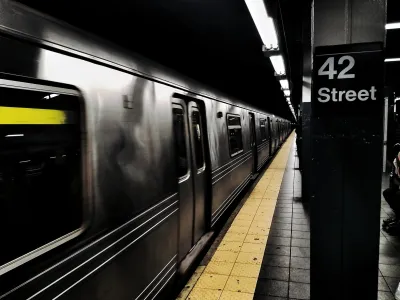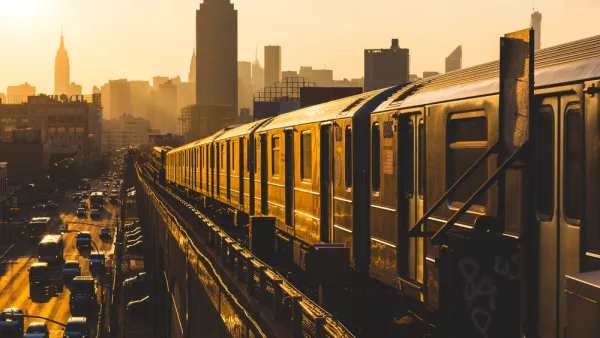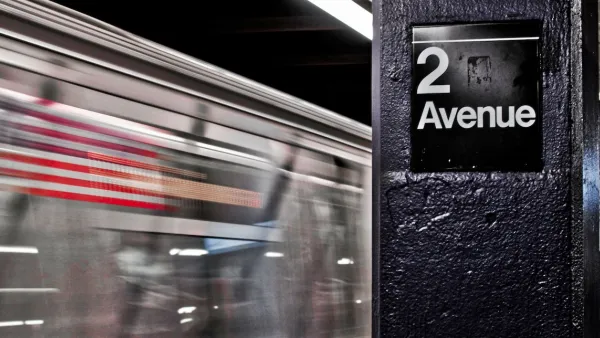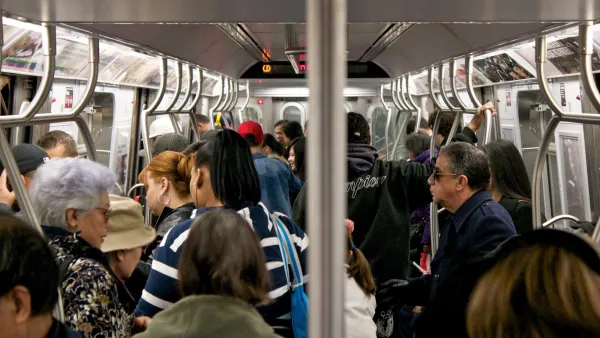The agency could see an influx of capital funds from congestion pricing, but cuts to bus and rail service to make up for budget shortfalls would result in long-term setbacks to the system.

The New York Metropolitan Transportation Authority is looking at ways to cut back to address an increasing budget shortfall, but service cuts are not the way to do this, argues Andrew Albert. Widespread support for congestion pricing points to $40 billion of capital funds in the future, which would result in more people moving to transit.
"That means there has to be service to get people where they need to go. It’s simple: if the service isn’t there, the riders won’t come. Why fund new signals when there are fewer trains to take advantage of them?" says Albert.
Instead, he urges a dedicated funding stream for operations, which could come from a sales tax increase or changes to the gas tax. "Clearly, no one wants to raise taxes, but neither can we ignore the deleterious results of service cuts. New York and the surrounding region cannot afford to be caught in a transit death spiral. Our economy will suffer but riders will be the biggest losers," adds Albert.
FULL STORY: MTA needs more revenue, not service cuts

National Parks Layoffs Will Cause Communities to Lose Billions
Thousands of essential park workers were laid off this week, just before the busy spring break season.

Retro-silient?: America’s First “Eco-burb,” The Woodlands Turns 50
A master-planned community north of Houston offers lessons on green infrastructure and resilient design, but falls short of its founder’s lofty affordability and walkability goals.

Delivering for America Plan Will Downgrade Mail Service in at Least 49.5 Percent of Zip Codes
Republican and Democrat lawmakers criticize the plan for its disproportionate negative impact on rural communities.

Test News Post 1
This is a summary

Test News Headline 46
Test for the image on the front page.

Balancing Bombs and Butterflies: How the National Guard Protects a Rare Species
The National Guard at Fort Indiantown Gap uses GIS technology and land management strategies to balance military training with conservation efforts, ensuring the survival of the rare eastern regal fritillary butterfly.
Urban Design for Planners 1: Software Tools
This six-course series explores essential urban design concepts using open source software and equips planners with the tools they need to participate fully in the urban design process.
Planning for Universal Design
Learn the tools for implementing Universal Design in planning regulations.
EMC Planning Group, Inc.
Planetizen
Planetizen
Mpact (formerly Rail~Volution)
Great Falls Development Authority, Inc.
HUDs Office of Policy Development and Research
NYU Wagner Graduate School of Public Service





























